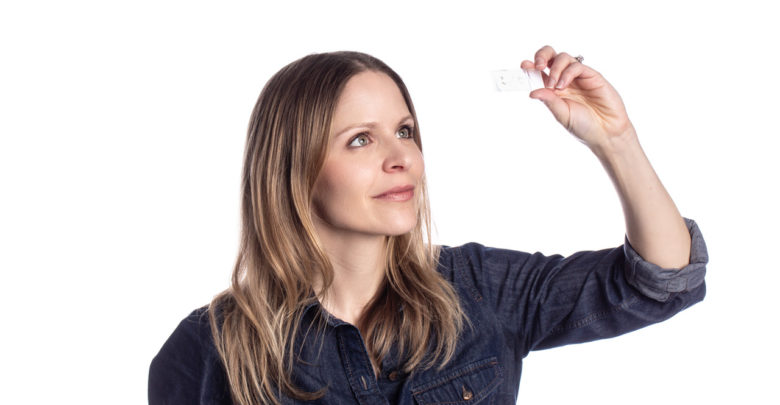 William Au
William AuUniversity of Alberta researchers have developed a placenta in a dish that can be used for research in women’s health.
Meghan Riddell, an assistant professor in the departments of physiology and obstetrics and gynaecology at the U of A, has developed a placental organoid in her lab. An organoid is a group of cells that is able to form a 3D structure by itself; a placental organoid contains placental stem cells.
For many years, researchers have tried to figure out how the placenta is formed. The outermost cells of the placenta were only discovered in 2018. Very soon after, multiple researchers simultaneously developed the first placental organoids — but there was one large problem with them.
“The cell that forms the outside of the placenta is one gigantic cell… It’s very unique and has multiple nuclei in it,” Riddell said. “In [previous models], this very specialized cell is on the inside, and completely inaccessible.”
What Riddell‘s lab has done is flipped it, so that the organoid is closest in form to a real placenta; this allows us to study things like how oxygen affects these cells.
“This is clearly a huge moment in our field, because we haven’t been able to do any of this before,” Riddell said.
The organoid can facilitate very important research; improper formation of the placenta is a very common cause of pregnancy complications, including diseases like preeclampsia and intrauterine growth restriction, which can now be studied. This is the main focus of Riddell’s lab.
“There have been hypotheses for decades about the root cause of these conditions… now we’ll actually be able to test all of them,” Riddell said. “Eventually, we’ll be able to have potential therapies to improve these outcomes.”
There is still room for improvement with these organoids, however. They only have the outermost cell layer of the placenta that is critical for implantation; in the future, blood vessels, cells for structural support, and even cells from the uterine lining can be added.
“This 3D culture technology is just really growing right now, so we’ll be able to add complexity to our models over time and see how all of these factors contribute to different [diseases],” Riddell said.
Riddell strongly encouraged students who are enthusiastic about this type of research to take advantage of the opportunities at the Women and Children’s Health Research Institute (WCHRI) at the U of A.
“The infrastructure here is almost unparalleled in the world, if you’re interested in these big problems in women and children’s health,” Riddell emphasized.




